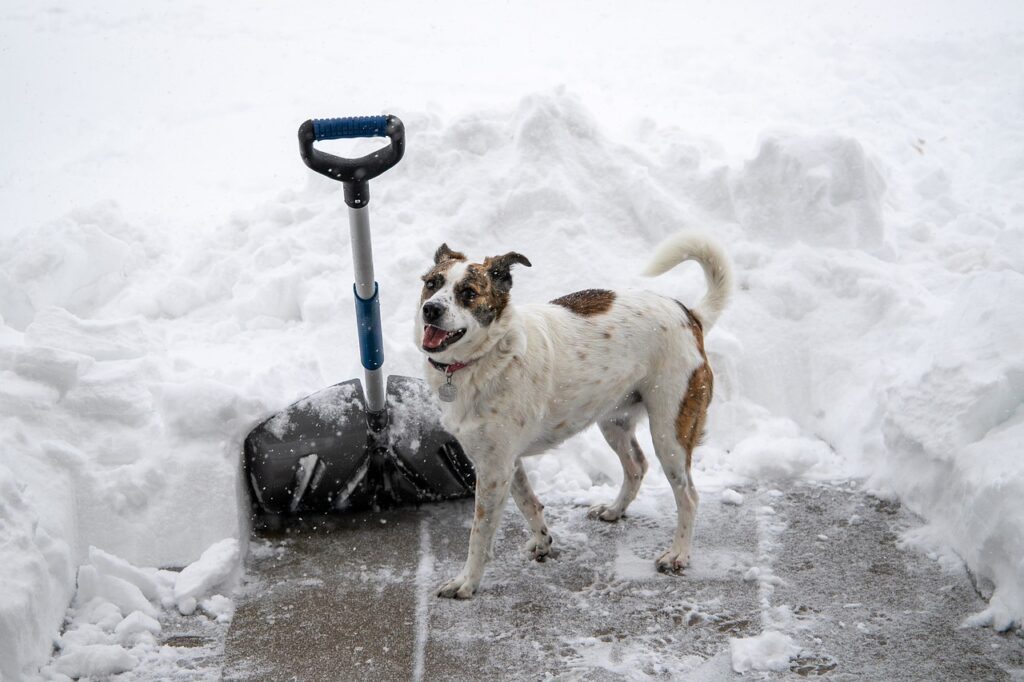Winter is a challenging time not only for people but also for pets. Cold temperatures, snow and shortened days place increased demands on the care of dogs and cats, which can easily become uncomfortable. Hypothermia, paw injuries or inadequate nutrient intake can cause serious health problems for animals. Yet many of these risks can be minimized with proper care and preparation.
For both cats and dogs, their reaction to the cold depends on their age, health and the conditions in which they live. While some breeds of dogs or cats used to the outdoors tolerate the cold better, other pets require extra protection from the cold. Prevention is always easier than cure, so it is important to pay attention to the following guidelines.
Cat: pet or outdoor adventurer?
The care of cats during winter should take into account their lifestyle. Cats used to the warmth of the home, as well as kittens and older dogs, should spend the winter exclusively in an environment where they are warm and protected from the cold. Make sure their den is not in a place where it pulls away from a window or door, as drafts can cause respiratory or urinary tract inflammation in more sensitive animals, especially if they have weakened immune systems or sparse fur. If your cat goes outside occasionally, keep her stay to a minimum. "When you get home, don't forget to wipe her paws clean of sprinkling salt. This will prevent cracked paw pads or salt ingestion during cleaning," notes Denis Klinger, director of PetExpert.
A safe place to sleep is essential for outdoor cats. Prepare hutches, for example, insulated with polystyrene and lined with hay, and place them in quiet, familiar places. This will make it easier for cats to survive the cold season. If there are severe frosts, give them access to warmth, for example through cat doors.

Caring for dogs in winter
As with cats, you should tailor your dogs' care to their current needs. Short-haired dogs, older dogs or dogs suffering from arthritis will appreciate warm clothing on walks. This will give them protection from the cold. But always check that it stays dry during the walk. Wet clothing can increase the risk of hypothermia. Then, after each walk, pay attention to your dog's paws - wash them with lukewarm water to wash away any salt sprinkles, or treat them with a balm to prevent cracking.
Heated pads, which are sometimes purchased by owners for their dogs, can be useful in the home but do not solve possible hypothermia during a walk. A dog should never go directly from a cold outdoor environment to a heating pad because such a large temperature difference can cause heat shock. Also ensure that the dog does not stay still for long periods of time after physical activity, such as running, while being walked. A warmed-up body will cool down quickly in the cold, which can lead to a cold. In addition, there is also a risk of damage to the paws, as standing in the snow for long periods can cause the paws to become frozen.
If your dog lives outside, you need to insulate his kennel properly. The space inside should be large enough for the dog to turn around comfortably, but compact enough to retain body heat comfortably. Be sure to check the water bowl regularly so that it doesn't freeze.

Other risks of the winter season
The main problem to avoid at all costs is hypothermia. Especially with more delicate animals or those that live outside over the winter, watch for shivering, cold ears and limbs are an indicator. If the animal shows signs of significant hypothermia, it should be warmed up slowly and veterinary help should be sought if the condition worsens. "Just like in summer, a dog locked in a car for a long time is in great danger and life-threatening in winter. The temperature drops rapidly in the car, but so does the amount of oxygen to breathe. For the dog, the car literally becomes an icebox over time, avoid this," Klinger points out.
Cats and dogs should avoid eating or licking snow, which can cause stomach upset. Cats also often try to warm up on car engines, which can lead to serious injuries. Dogs, on the other hand, like to bathe in water, and the cold doesn't stop some hardy dogs. When walking around watercourses or ponds, it's best not to let your dog off the lead, lest he accidentally get under the ice. Also, muscles stiffen very quickly in cold water, so the animal would have trouble getting safely to land.
Meals in winter
Cats and dogs living outdoors over the winter need a more energy-rich diet to cover the increased demands on their metabolism. Either increase their food ration or add a fattier component. It is recommended to overfeed animals in autumn to build up the necessary fat reserves. A regular supply of fresh water is also important, as frozen water and snow can lead to dehydration or stomach problems. On the other hand, pets do not need to be fed more because their activity levels do not change.
(for)/ gnews - RoZ
ILLUSTRATIVE PHOTO - pixabay



